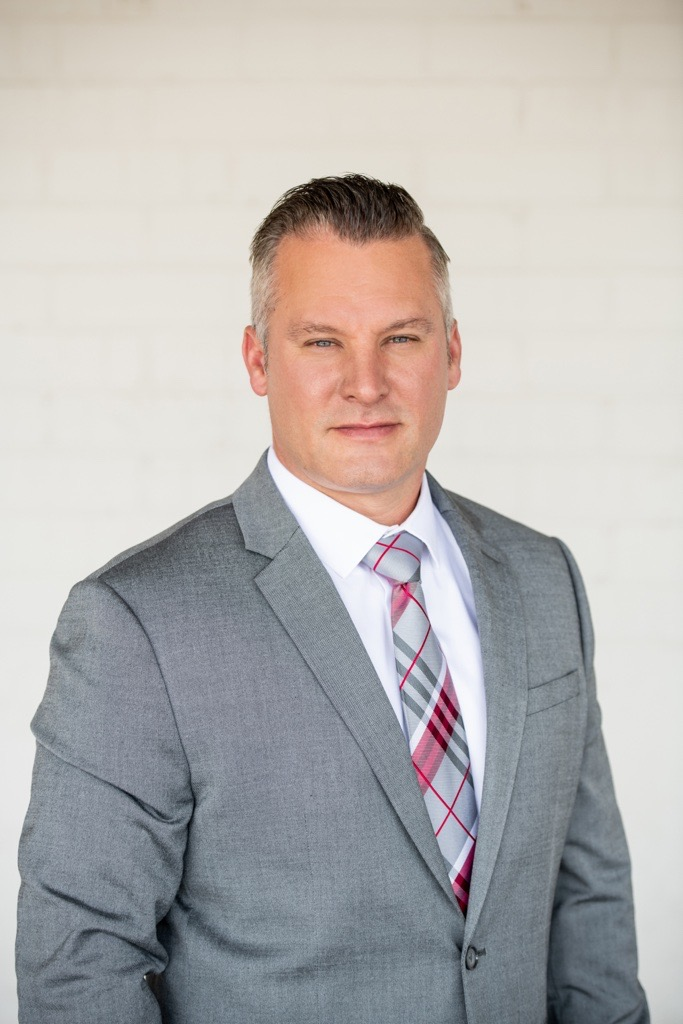Everyone is keenly aware of the pandemic’s broad human and economic impact. But there must be greater understanding of just how financially crippled many local governments across North Carolina and our nation have been due to deferred monthly utility payments and loss of related fees. This has decimated revenues needed for operation, maintenance, and planned improvements.
The stark reality for utilities was becoming clear just five months into the pandemic – and has grown more severe. By July 2020, under Governor Cooper's EO 124/142, administrations statewide were saddled with an estimated $85 to $112 million in deferred payments as reported by the UNC Environmental Finance Center. Some communities are positioned to recover. Others, especially those with highly transient or lower-income customers, may struggle much longer to recover if at all.
So how can local governments get back in the black more swiftly and sustain their utilities? Looking ahead into FY 2021-22, they may consider a series of adjustments that could help:
Incentivize Customers to Pay
Local governments may incentivize customers to pay their overdue bills by hosting a community event, giveaway, contest, etc. The objective is for the customer to feel that they are receiving something valuable in return for their payment of a bill. Implementing a minimum six-month (mandated) or longer payment plan can especially help low-to-moderate income customers.
Implement System Development Fees
North Carolina continues to be a hotspot for residential and commercial growth. Supporting this expansion can require extension and rehabilitation of arterial, system-wide water and sewer utilities to serve new customers. Adopting a SDF schedule allows new development to pay for these necessary improvements, offsetting the potential costs for existing customers.
Tailor Water and Sewer Rates
Increasing rates does not necessarily generate more revenues. A community must understand how rate adjustments may affect different rate classes – residential, commercial, and industrial – and the reactive measures that may be taken by a customer to avoid higher bills. Water consumption patterns should be analyzed, and rates adjusted to appropriately recover costs.
Reprioritize Capital Improvements
Capital improvements should be summarized, continuously reviewed, and possibly reprioritized post-pandemic in a comprehensive plan. Depending on a community's growth rate, this should be done every two to five years. It is imperative that capital improvement funds, and any matching Federal and State funds, align with a community’s most pressing needs.
Optimize Operations
Taking an in-depth look at how public utilities are managed might reveal additional cost savings in the long run. Can reorganization of a department promote quicker and more reliable decision-making processes? Can public utilities staff cross-train to serve other needed community functions? Are equipment upgrades available that can reduce chemical costs or electrical costs? Can chemicals be bought in bulk with neighboring utilities to reduce transportation and storage costs? Such adjustments may appear minor individually but could lead to considerable expense reduction.
Assess Condition and Vulnerability
Utilities are designed and constructed over many decades using a variety of different materials and in diverse geographic conditions. Harsh above-ground environments may lead to quicker corrosion of metals. Unstable below-ground soils may lead to faster pipe failure. Inappropriately sized or tuned mechanical equipment may fail long before its intended service life. A professional assessment of conditions and examination of vulnerabilities of a utility may reveal hotspots in need of near-term attention to avoid preventable failure.
Consider Regional Alliances
Regionalization of physical utilities, operations, and/or management can lead to lower operational costs. While this option releases local government autonomy and distinct revenue sources, it may lead to greater opportunities for economic development that can benefit all regional partners with consolidation of expenses and increased capacities. Increased property taxes, sales taxes, and occupancy taxes from new residential and commercial growth may offset revenue decline resulting from shared water and sewer revenues.
Small and mid-size utilities have grappled with these challenges and have proven their resourceful nature time and again. While these seven strategies may not be groundbreaking, the pressure has only mounted, and recent events have escalated the need for proactive measures. Any combination of higher revenues and lower expenses will help communities find solid footing post-pandemic to aptly serve their customers today and in the years to come.
Gary Hartong is President of The Wooten Company, a multi-disciplinary firm with five offices in the Carolinas, headquartered in Raleigh. He was elected in January 2021 to Vice Chair of the American Council of Engineering Companies (ACEC). Gary earned a B.S. in Environmental Engineering at N.C. State University, where he then pursued a Master's in Civil Engineering.
7 Local Government Strategies for Enterprise Fund Recovery
How can local governments get back in the black more swiftly and sustain their utilities? They may consider a series of adjustments that could help.
 Gary Hartong, PE
Gary Hartong, PE
